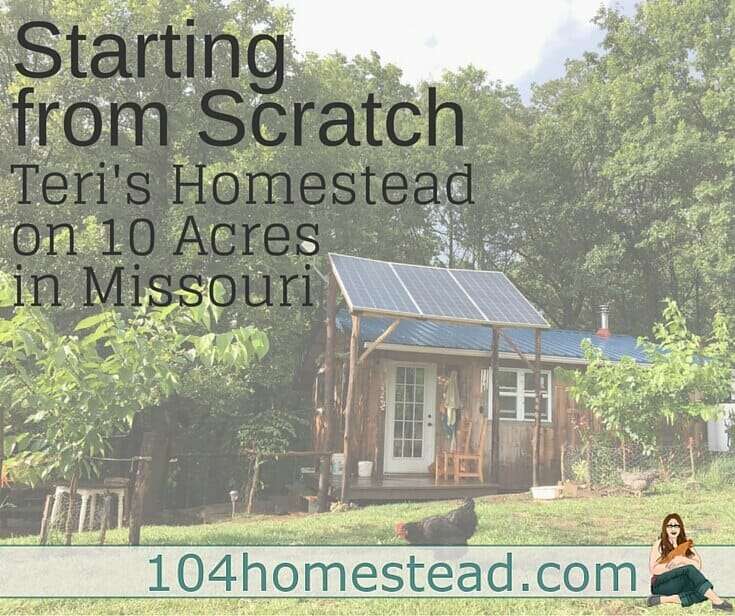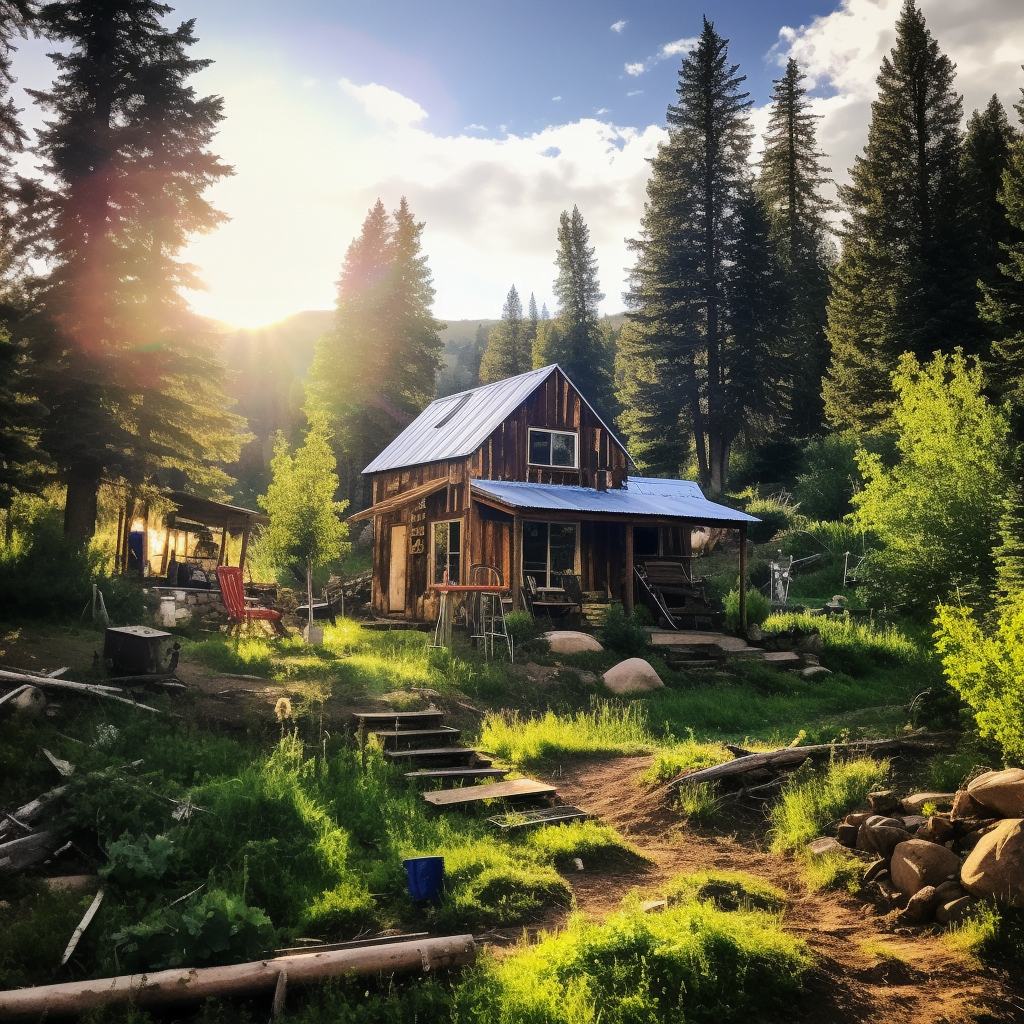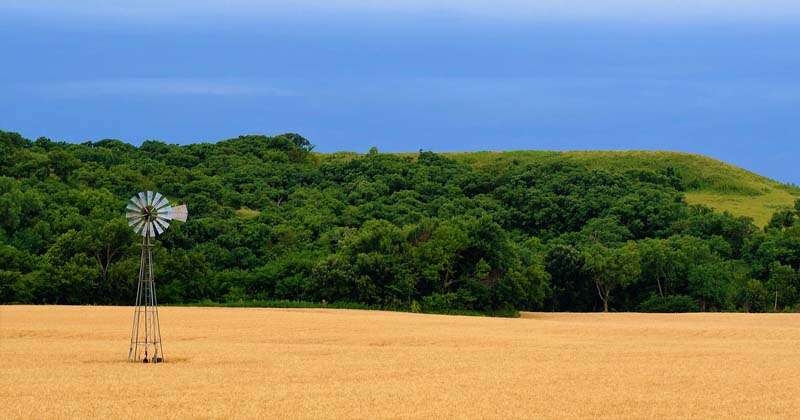If you’ve always wanted to start a homesteading blog and share your knowledge and experiences with like-minded individuals, now is the time to take the leap. With a few simple steps, you can create a platform where you can document your journey, provide valuable tips, and connect with a community passionate about self-sufficiency and sustainable living. First, it’s important to choose a relevant and unique domain name that reflects your brand. Instead of relying on free or cheap options, invest in a reputable registrar to ensure credibility. Once you have your domain, prioritize installing an SSL certificate for security reasons. Next, find a reliable hosting company and install WordPress to set the foundation of your blog. Customize your site by editing WordPress settings, such as your site title and tagline. Enhance functionality by installing essential plugins, such as a classic editor, SSL plugin, and security plugin. Don’t overlook the importance of improving site speed with a cache plugin and image optimization plugin. To optimize your blog for search engines, generate a sitemap and use an SEO plugin like Yoast. Finally, choose a suitable theme for your homesteading blog based on your personal preference. Now you’re ready to embark on your blog journey and share your expertise with the homesteading community.

Choosing a Domain Name
When starting a homesteading blog, one of the first things you need to do is choose a domain name. This is the URL that people will use to find your website, so it’s important to choose a domain name that is relevant, unique, and easy to remember.
Relevance is key because you want your domain name to reflect the content of your blog. If you’re writing about homesteading, you want to choose a domain name that clearly communicates this topic. This will make it easier for visitors to understand what your blog is about and attract the right audience.
Uniqueness is also important because you want your domain name to stand out from the competition. With so many websites out there, it’s crucial to choose a domain name that is memorable and sets you apart. Avoid generic or common domain names that could be easily confused with other websites.
Another important aspect to consider when choosing a domain name is branding. Your domain name is an opportunity to create a strong brand for your blog. This means choosing a name that represents your blog’s personality, values, and goals. Your domain name should be catchy, easy to pronounce, and reflect the image you want to portray.
Lastly, it’s important to avoid free or cheap options when it comes to domain registration. While these options may seem appealing at first, they often come with limitations and lack the reliability and customer support provided by reputable registrars. Investing in a domain name from a reputable registrar will give you peace of mind knowing that your domain name is secure and protected.
Domain Registration and SSL Certificate
Once you have chosen a domain name, the next step is to register it with a reputable registrar. This involves paying a fee to secure your chosen domain name and ensuring that it is exclusively yours for a set period of time.
In addition to domain registration, it is highly recommended to obtain an SSL certificate for your website. An SSL certificate encrypts the data that is transmitted between your website and its visitors, ensuring that any sensitive information is secure. This is particularly important if your blog includes features such as user registrations, online payments, or contact forms. An SSL certificate not only provides an added layer of security, but it also enhances your website’s credibility and trustworthiness in the eyes of your visitors.
Selecting a Hosting Company and Installing WordPress
Choosing a reliable hosting company is crucial for the success of your homesteading blog. A hosting company is responsible for storing your website’s files and making sure that your blog is accessible to visitors at all times. Reliable hosting ensures that your website is fast, reliable, and has minimal downtime.
After selecting a hosting company, the next step is to install WordPress. WordPress is a user-friendly content management system that allows you to easily manage and update your website. Most hosting companies offer a one-click WordPress installation, making the process quick and hassle-free. Once installed, you can begin customizing your blog and adding content.
Customizing WordPress Settings
Once your WordPress installation is complete, it’s important to customize your blog’s settings to enhance its functionality and appearance. One of the first things you should do is edit your site title and tagline. The site title is the name of your blog, while the tagline is a short description that appears below the site title. Both the site title and tagline should accurately represent your blog’s content and give visitors a clear understanding of what to expect.
Customization is important because it allows you to make your blog unique and tailored to your specific needs. WordPress offers a variety of customization options, including choosing a theme, customizing the layout and design, and adding widgets and plugins. Taking the time to customize your blog will not only make it visually appealing but will also improve the user experience for your visitors.

Installing Essential Plugins
Plugins are extensions that add additional features and functionality to your WordPress blog. There are thousands of plugins available, but some essential ones to consider for your homesteading blog include a classic editor plugin, an SSL plugin, and a security plugin.
The classic editor plugin allows you to retain the familiar editing experience of the older versions of WordPress. This can be particularly useful if you are not comfortable with the Gutenberg block editor that comes with the latest version of WordPress.
An SSL plugin helps manage your SSL certificate, ensuring that your website is always accessible over a secure HTTPS connection. It handles the technical aspects of SSL, such as redirecting HTTP to HTTPS and renewing SSL certificates.
A security plugin enhances the security of your blog by protecting it from hackers, malware, and other threats. It can provide features such as regular malware scans, login protection, firewall protection, and more.
Installing these essential plugins will help improve the functionality, security, and user experience of your homesteading blog.
Improving Site Speed
Site speed is a crucial factor in providing a positive user experience. Slow-loading websites can frustrate visitors and lead to high bounce rates. To improve site speed, there are a few plugins you can use.
A cache plugin creates static versions of your webpages, allowing them to load faster for subsequent visitors. It stores the static versions of your pages in a cache and serves them to visitors instead of dynamically generating the pages each time.
Image optimization is also important for site speed. Large image files can slow down your website significantly. Using an image optimization plugin can help reduce the file size of your images without compromising their quality, resulting in faster load times.
By using a cache plugin and image optimization plugin, you can significantly improve the speed and performance of your homesteading blog.

Optimizing Blog for Search Engines
To ensure that your homesteading blog is easily discoverable by search engines, there are a couple of steps you can take.
First, generate a sitemap for your website. A sitemap is a list of all the pages on your blog that you want search engines to crawl and index. It helps search engines understand the structure and content of your website, making it easier for them to index and rank your pages.
Second, use an SEO plugin like Yoast. This plugin provides tools and guidance to help optimize your website for search engine rankings. It allows you to set custom meta titles and descriptions for each page, optimize your content for specific keywords, and analyze the overall SEO performance of your blog.
By generating a sitemap and using an SEO plugin, you can optimize your homesteading blog for search engines and increase your chances of ranking higher in search results.
Choosing a Suitable Theme
When it comes to choosing a suitable theme for your homesteading blog, personal preference plays a significant role. Your blog’s theme sets the overall design, layout, and visual appeal of your website. It should align with the message and aesthetic you want to convey.
Considering the homesteading niche, you may want to choose a theme that reflects the natural, rustic, and sustainable aspects of homesteading. Look for themes that offer customization options, responsive design, and compatibility with essential plugins.
Take the time to browse through various themes, demo them, and choose one that best represents your homesteading blog’s brand and style.
In conclusion, starting a homesteading blog involves several important steps, from selecting a relevant and unique domain name to customizing WordPress settings and optimizing your blog for search engines. By following these steps and making informed choices, you can create a successful and engaging homesteading blog that resonates with your target audience.





